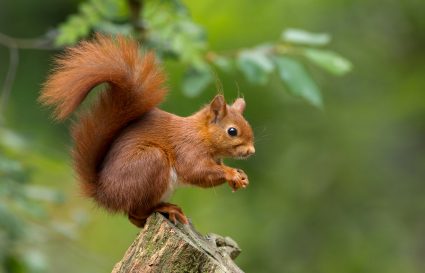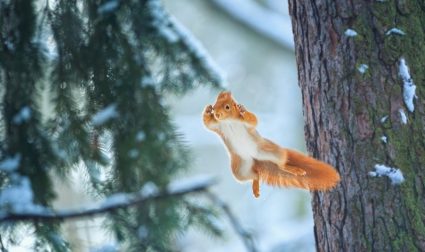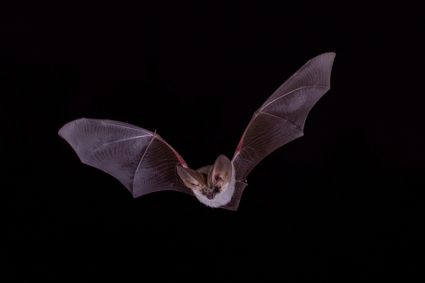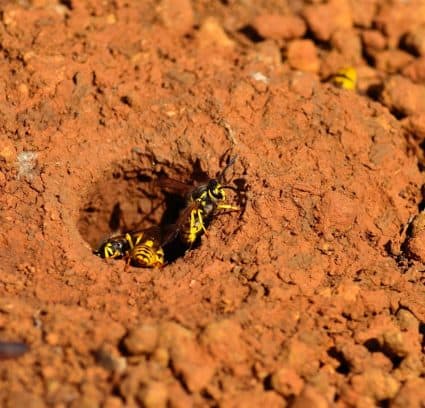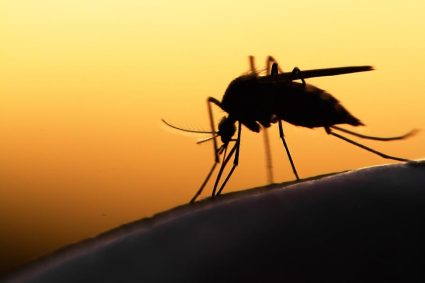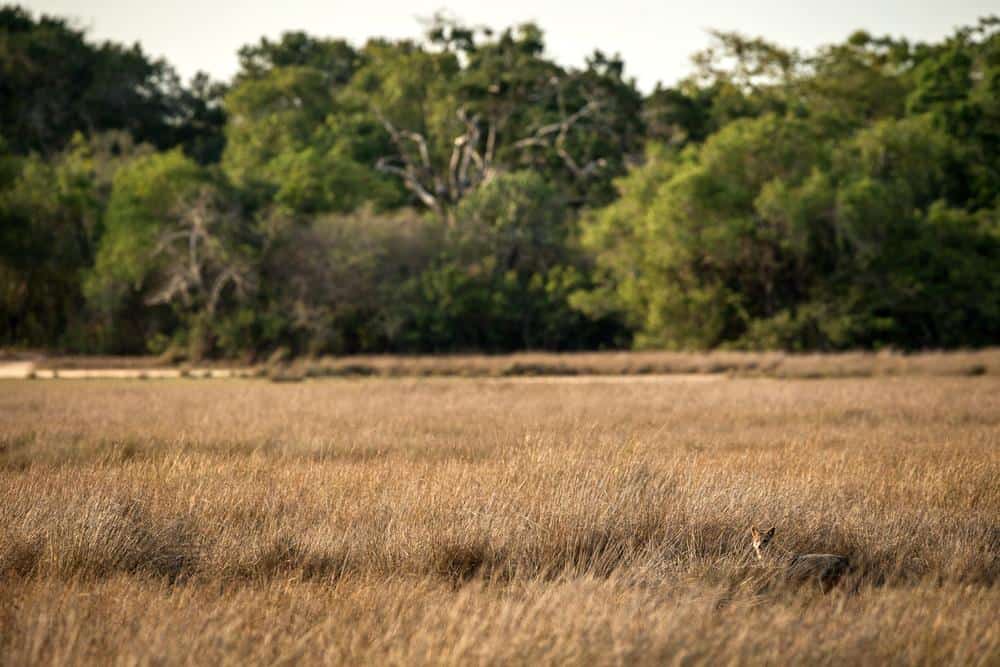
Raccoons are fascinating creatures with a knack for adaptability. Their habitats are as diverse as their diet, ranging from the dense forests to urban neighborhoods. Whether you’re a wildlife enthusiast, a homeowner dealing with a raccoon invasion, or simply curious, this guide will provide you with detailed insights on where to find raccoons.
Raccoons can be found in a variety of habitats across North America, ranging from forests to urban neighborhoods, and even in parts of Asia and Europe where they have been introduced. They prefer moist woodland areas and are often found near water sources. However, their adaptability allows them to thrive in diverse environments, including human-populated areas. Signs of raccoon presence include tracks, scratching marks, noises, droppings, property damage, and garbage disturbance.
Natural Habitats of Raccoons
Raccoons can be found in various habitats across North America, from southern Canada to Panama. They are native to this region and have adapted to different environments, including deciduous and mixed forests, mountainous areas, coastal marshes, and even urban areas. Particularly, they prefer moist woodland areas and are often found near water sources. However, their adaptability allows them to thrive even in farmlands and cold grasslands.
Signs of Raccoon Presence
Detecting raccoon presence can be as simple as recognizing their distinctive signs. These include:
- Tracks: Raccoon tracks resemble tiny human handprints with five fingers extending from the palm. Their footprints measure approximately 2 to 4 inches across and are often left in mud.
- Scratching marks: Raccoons tend to leave scratch marks on trees, sheds, porches, and other surfaces.
- Noises: Raccoons produce a variety of sounds, from growls to high-pitched squeals. As they are nocturnal, these sounds are often heard during the night.
- Droppings: Raccoon droppings are cylindrical in shape, dark in color, and may contain visible berries, seeds, or other food debris.
- Damage to property: Raccoons can cause damage to homes, such as torn shingles or holes in yards from digging for insects.
- Garbage disturbance: Raccoons are known for rummaging through garbage cans, leaving a trail of trash behind.
Raccoons Around the World
While raccoons are native to North America, they have also been introduced to other parts of the world, including parts of Asia and Europe. In Europe, they are now found in countries like Germany, Denmark, the Netherlands, Belgium, Luxembourg, France, and several others. They have also established populations in Russia and Japan.
Raccoons and Human Activities
Urban development and human activities have significantly affected where raccoons can be found. These resourceful creatures have learned to exploit human structures and food sources, leading to changes in their behavior and population densities. However, this close association with humans also poses risks to raccoons, including traffic fatalities and potential conflicts with humans.
Observing Raccoons Safely
Observing raccoons can be a fascinating experience, but it’s important to do so safely. Maintain a safe distance, avoid feeding them, and be cautious around sick or injured raccoons. If observing at night, use binoculars to keep a safe distance. Remember, raccoons are wild animals and can be unpredictable.
Precautions in Raccoon Populated Areas
If you live in an area populated by raccoons, take precautions to avoid conflicts. Don’t feed raccoons, keep garbage cans tightly covered, and seal off potential denning locations. Teach children to respect raccoons and keep a safe distance. Always remember, a raccoon is a wild animal and should be treated as such.
Raccoons: Seasonal and Weather Influences
Raccoon activity can be influenced by seasons and weather. They are more active during the breeding season and summer, while their activity decreases during fall, winter, and heavy rainfalls. However, they do not hibernate, and during extremely cold weather, they may den together to conserve body heat.
In conclusion, raccoons can be found in a variety of habitats, from natural forests to urban neighborhoods. Their adaptability and intelligence have allowed them to thrive in diverse environments. However, as with any wild animal, it is important to observe them responsibly and maintain a safe distance.
Frequently Asked Questions
What do raccoons eat?
Raccoons are omnivores and their diet includes fruits, berries, nuts, fish, frogs, insects, birds, eggs, and small mammals. They are also known to rummage through garbage cans in search of food.
What time of day are raccoons most active?
Raccoons are primarily nocturnal creatures, which means they are most active during the night. However, it is not uncommon to see them during the day, especially during the breeding season.
How do raccoons communicate?
Raccoons communicate through a variety of vocal sounds that include growls, hisses, screams, purrs, and whistles. They also use body language and scent marking to communicate with each other.
Do raccoons carry diseases?
Yes, raccoons can carry several diseases that can be transmitted to humans and pets, including rabies, leptospirosis, and roundworm infection. It’s important to avoid direct contact with raccoons and maintain a safe distance.
How long do raccoons live?
In the wild, raccoons have a lifespan of about 2 to 3 years. However, in captivity, they can live up to 20 years. Their lifespan can be affected by factors such as predation, disease, and traffic fatalities.
Are raccoons aggressive?
Raccoons are generally not aggressive unless they feel threatened or cornered. However, it’s important to remember that they are wild animals and can behave unpredictably, especially if they are sick or injured.



